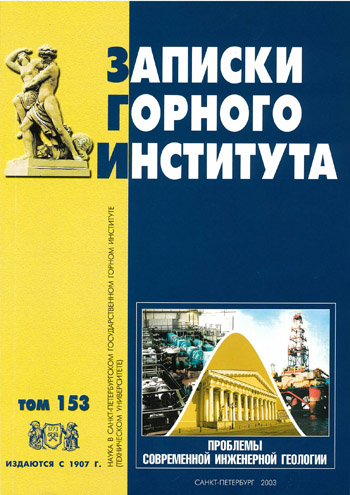Engineering-geological and geoecological studies of the impact of operational factors on the stability of civil and industrial structures
- 1 — G.V. Plekhanov Saint Petersburg Mining University
- 2 — G.V. Plekhanov Saint Petersburg Mining University
Abstract
Statistical data on the reasons of buildings and structures transition to emergency and pre-emergency state are analyzed. In more than 60 % of cases the loss of stability of structures is observed as a result of activation of various factors acting during operation of buildings. The results of experimental studies showing the negative transformation of sand-clay soils under the influence of sewage runoff and the activation of microbial activity are presented. Empirical dependencies of changes in the coefficient of filtration of sands and strength of clayey soils when the bacterial mass increases are given. The role of organic pollutants in changing the redox conditions in the city underground space has been analyzed. The recommendation of the necessity to take into account the technology of industrial production in the practice of engineering surveys is given.
